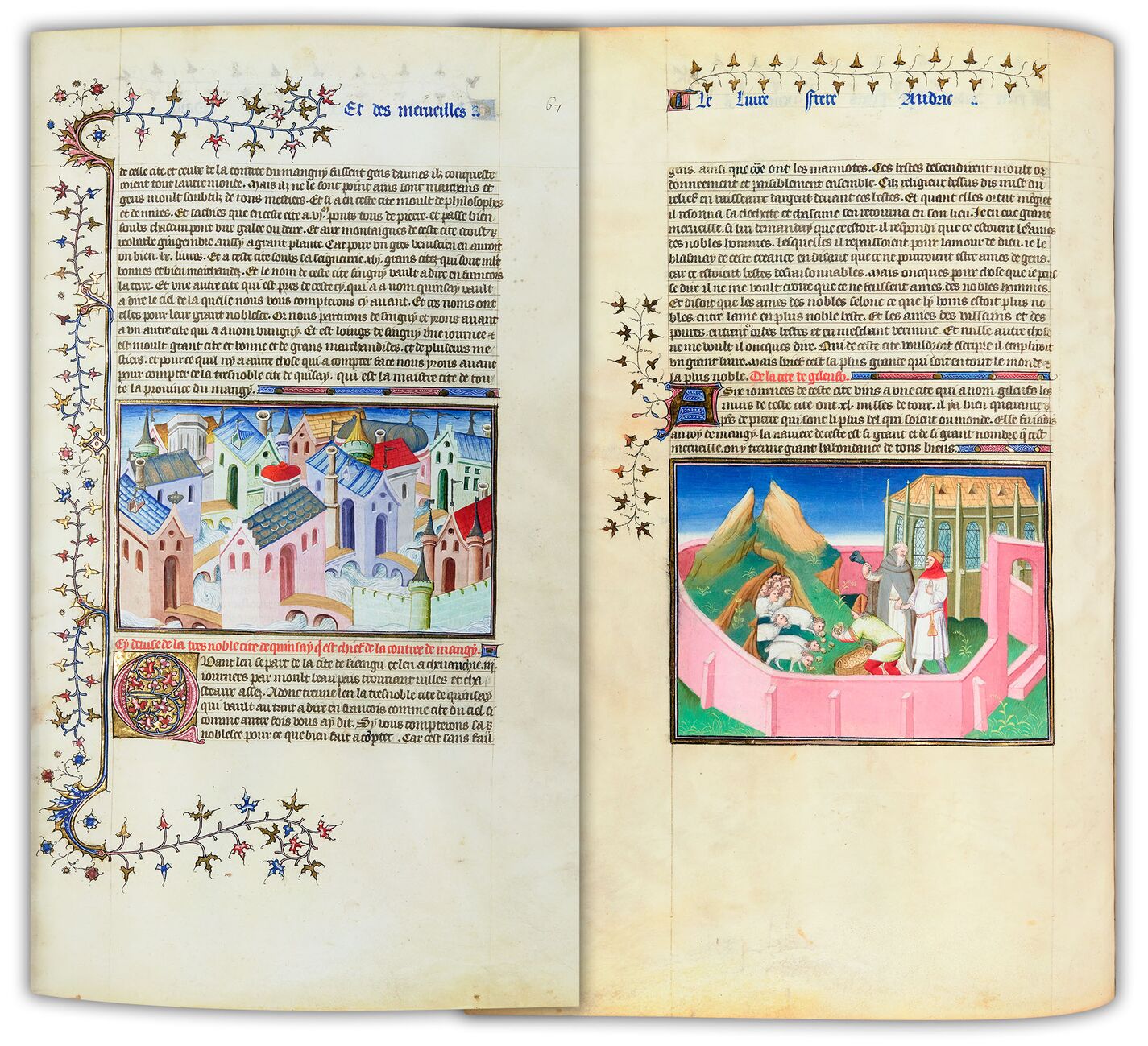According to Odorico da Pordenone, during his journey through the East in the 14th century he reached a city he described as the greatest and most marvelous in the world. He wrote that its circumference stretched a hundred miles, and not a single patch of land within it was uninhabited. In many houses lived up to twelve families, and yet the suburbs were even more populous than the city itself.
It was built upon the waters of a lagoon, like Venice. On one side it was bordered by a wide river, and on its canals boats moved ceaselessly, carrying goods and people for trade. It was so vast that, according to travelers, one could walk for six or seven days through its outskirts without perceiving the limits of the city.
Marco Polo described it in much the same way - as the most beautiful and magnificent city in the world, surrounded by endless canals and bridges. He called it "The City of Heaven." Today, we know this city as Hangzhou.
Christians, Muslims, Saracens, merchants, and people of many origins lived there together. The local wine was considered a noble drink.
During his stay, Odorico was hosted by a powerful man who had converted to Christianity and who one day took him by boat to a monastery. Upon arrival, the host asked one of the monks to show the visitor some manifestation he might consider miraculous and record upon his return.
The monk filled two buckets with leftovers from the table and carried them to a garden. There, he struck a cymbal, and from a nearby hill descended hundreds of animals - some with monkey-like features, others almost human. They sat in order and ate what the monk offered them. When they finished, the cymbal sounded again, and they all returned to the hill.
Astonished, Odorico asked the meaning of this scene. The monk replied that they were the souls of noble men, whom they fed for the love of God. The missionary, incredulous, rejected this explanation; but the monk insisted that each of those animals had once been, in another life, an illustrious man, while the souls of the humble were reborn as vile creatures.
The traveler then understood that he was in a world filled with strange beliefs and endless wonders. He concluded his account by declaring it the greatest, noblest, and most prosperous city in the world - a place so vast and magnificent that no record could contain all its marvels.

According to Odorico da Pordenone, during his journey through the East in the 14th century he reached a city he described as the greatest and most marvelous in the world. He wrote that its circumference stretched a hundred miles, and not a single patch of land within it was uninhabited. In many houses lived up to twelve families, and yet the suburbs were even more populous than the city itself.
It was built upon the waters of a lagoon, like Venice. On one side it was bordered by a wide river, and on its canals boats moved ceaselessly, carrying goods and people for trade. It was so vast that, according to travelers, one could walk for six or seven days through its outskirts without perceiving the limits of the city.
Marco Polo described it in much the same way - as the most beautiful and magnificent city in the world, surrounded by endless canals and bridges. He called it "The City of Heaven." Today, we know this city as Hangzhou.
Christians, Muslims, Saracens, merchants, and people of many origins lived there together. The local wine was considered a noble drink.
During his stay, Odorico was hosted by a powerful man who had converted to Christianity and who one day took him by boat to a monastery. Upon arrival, the host asked one of the monks to show the visitor some manifestation he might consider miraculous and record upon his return.
The monk filled two buckets with leftovers from the table and carried them to a garden. There, he struck a cymbal, and from a nearby hill descended hundreds of animals - some with monkey-like features, others almost human. They sat in order and ate what the monk offered them. When they finished, the cymbal sounded again, and they all returned to the hill.
Astonished, Odorico asked the meaning of this scene. The monk replied that they were the souls of noble men, whom they fed for the love of God. The missionary, incredulous, rejected this explanation; but the monk insisted that each of those animals had once been, in another life, an illustrious man, while the souls of the humble were reborn as vile creatures.
The traveler then understood that he was in a world filled with strange beliefs and endless wonders. He concluded his account by declaring it the greatest, noblest, and most prosperous city in the world - a place so vast and magnificent that no record could contain all its marvels.